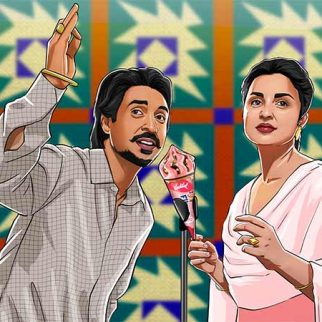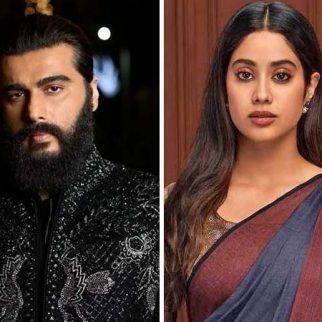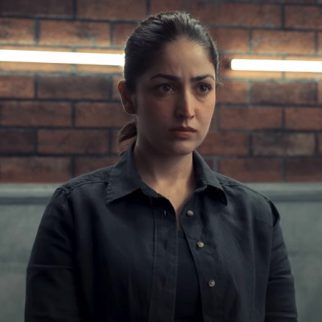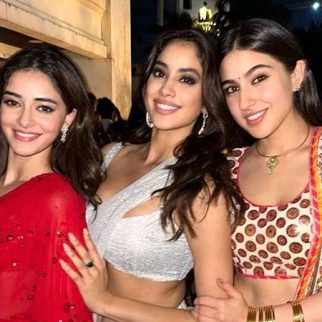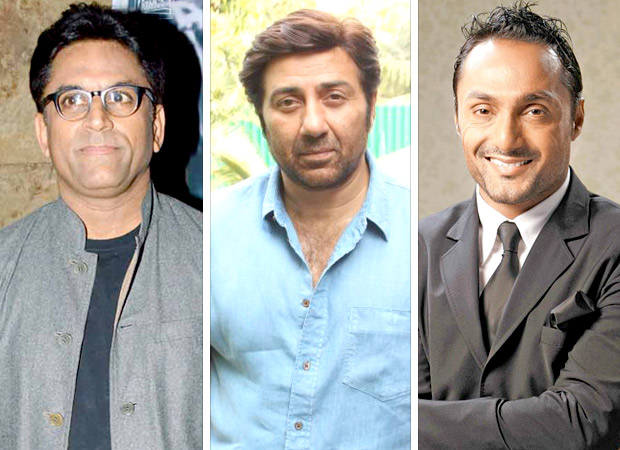
A while back Noor opened with a director, Sunhil Sippy, who was making a feature film after exactly 17 years! His last film, Snip!, in Hinglish, had released in 2000. In between, he continued with his ad films, and history shows that most ad filmmakers who can hold an audience for two minutes cannot do so for two hours, with sporadic exceptions proving the rule.
Directors after a sabbatical: Evolution or decadence?Since 2016, there have been three other directors who have come in 10 years or more after their last outings. In each case, the last outing was their directorial debut but a commercial disaster, and in every case, the director in all probability never planned on making any feature film again, but finally did!
A lot, of course, can happen in tastes and trends in 10 years, and with Hindi films, it has. Between 2000 and now, the shift is so paradigm that the word’s boundaries are stretched, Hindi cinema has gone through a complete revamp—from funding to pre-production (including scripting) to shoot schedules to technology to promotions. Everything about these directors is completely different from each other, and so, therefore, are the results.
Ram Madhvani (Neerja in 2016 after Let’s Talk in 2002)
A few days before the release of Neerja, a revealing admission by this director (who had once been signed to direct a Vidhu Vinod Chopra thriller with Amitabh Bachchan) was that he worshipped mainstream Hindi cinema and giant Hindi directors like Raj Kapoor.
Clearly, Neerja was the first time that Ram was making what he loved—a mainstream film with substance rather than his esoteric first film (in Indian English) of a woman whose problems arose from a pregnancy out of marriage. Ram not only chose the biopic of valiant airhostess Neerja Bhanot but blended it with the perfect mix of realism and drama, giving the mother-daughter bonding a lofty dimension to escalate the emotional voltage of the movie. Result: the film was a super-hit and won accolades from all.
Sunny Deol (Ghayal Once Again in 2016 after Dillagi in 1999)
This actor was a revelation in his second directorial. While the second half did pander a shade excessively to so-called commercial ‘compulsions’ and led to an expensive and stretched climax that also skewed the budget of the film, Sunny was bright indeed in the way he adapted to an audience that was way smarter (and younger) after 17 years. The first half was crisp and racy, almost Hollywood-like in its pace, look and tenor, and was a shocker even from Sunny the actor, who never once ranted as was his traditional wont as the same but now life-worn character.
But the actor faced a double disadvantage: the 2017 audience assumed that his film would be a typical loud action explosion and stayed away. The Sunny fans who did go to watch the film were disappointed at this taming of the roaring Deol. Add the fact that this true sequel to the 26 year-old cult film Ghayal failed to match up in angry melodrama, hit music and dialogue-baazi to the original and the film became a loser, and the cool quotient went unnoticed. So we will not be able to blame Sunny if he reverts to what he does best in his next film as actor or filmmaker!
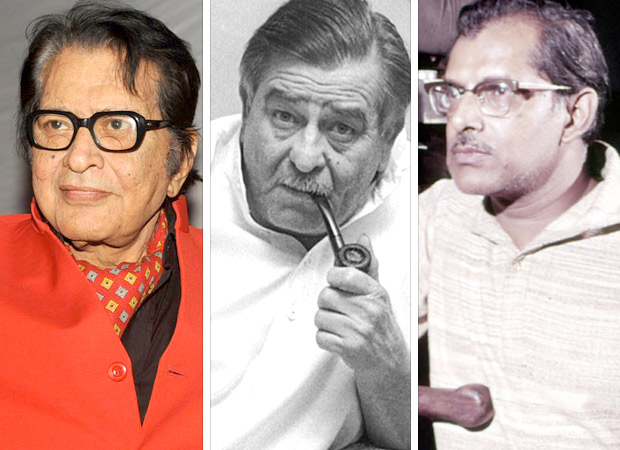
Rahul Bose (Poorna in 2017 after Everybody Says I’m Fine in 2002)
Here is an arty film-inclined actor who directed a story of a hairdresser who reads his customers’ minds and his romantic peccadilloes as his debut directorial. Again, like with Ram Madhvani’s debut, this was a pretentious Indian English language film, and did not even take a start at the box-office.
Sadly, the same commercial fate befell Poorna, a sincerely made, almost mainstream-in-treatment uplifting saga of how a 14 year-old Adivasi girl discovers her flair for mountaineering and climbs the biggest of them all—Mount Everest. For the cinematic quality we saw, the budget was just right—neither cheap nor too expensive. However, though like Neerja this was a true story, but without scope for a star-presence, or for romance and all other aspects that create face-value.
Bose’s direction exuded sincerity—he even said that he did not want this film to be merely a “festival film”, an euphemism for a pseudo-intellectual and usually insufferable movie, but there was nothing to lure audiences, especially when ticket-rates have hit the roof. The director had evolved, but the mass-connect was absent.
Past examples
Manoj Kumar:
Once known as the director (and actor) with the Midas touch, directed Clerk in 1989, while Jai Hind—The Pride¸ after several delays and changes, was released exactly a decade later. While Clerk is known widely as a ‘cult bad film’ in all senses, the latter film started off well, but faced compromises and constraints on the way, including delays due to non-cooperation from Manisha Koirala. The overt delay also made the music outdated—and the b-o. Midas was known hugely for his music from Upkar (his directorial debut) in 1967 to Kranti (in 1981), which had helped give his five blockbusters in a row (Purab Aur Pacchim, Shor, Roti Kapada Aur Makaan) a fantastic opening and enduring status.
V. Shantaram:
One of our greatest-ever and very prolific directors, who started out with the silent movie Netaji Palkar in 1927, was active for six decades more. As late as the early 1970s, he gave the Hindi hit Jal Bin Machhli Nritya Bin Bijli and the Marathi super-hit Pinjra. He next attempted the Hindi-Marathi bilingual Chhani in 1977 and finally made his swan song, Jhanjhaar a decade after that.
This highly individualistic director could not at last connect to the disco generation despite the fact that his films always had substance and powerful social themes.
Some more filmmakers
Here are some filmmakers who also had long gaps in their successive films:
Raj Kapoor Shree 420 (1955) to Sangam (1964)—both super-hits
Yash Chopra Veer-Zaara (2004) to Jab Tak Hai Jaan (2012)—both average
Sooraj R. Barjatya Vivah (2006) to Prem Ratan Dhan Paayo (2015)—both hits
Vidhu Vinod Chopra Eklavya (2007) to Broken Horses (2015-English / Hollywood)—both flops
Hrishikesh Mukherjee Namumkin (1988) to Jhooth Bolay Kauwa Kate (1996)—both flops
Chandra Barot—Don (1978) to Pyaar Bhara Dil (1991)—cult blockbuster to anonymous flop
The conclusion
To sum up, making a film after a long gap is, in every sense, a bad idea and the exception in Ram Madhvani (and a handful of old-time geniuses) proves the rule! History shows that most filmmakers can resonate with audiences only for about 15 years and to spend most, all or more than that period not making films is definitely not a good idea. Robby Grewal, who quickly directed three flops in the millennium’s first decade (the last being Aloo Chaat in 2009), is now directing Romeo Akbar Walter starring Sushant Singh Rajput, with his own spelling modified to Robbie Grewal. Here’s hoping for another exception to the apparent rule!
BOLLYWOOD NEWS - LIVE UPDATES
Catch us for latest Bollywood News, New Bollywood Movies update, Box office collection, New Movies Release , Bollywood News Hindi, Entertainment News, Bollywood Live News Today & Upcoming Movies 2024 and stay updated with latest hindi movies only on Bollywood Hungama.
